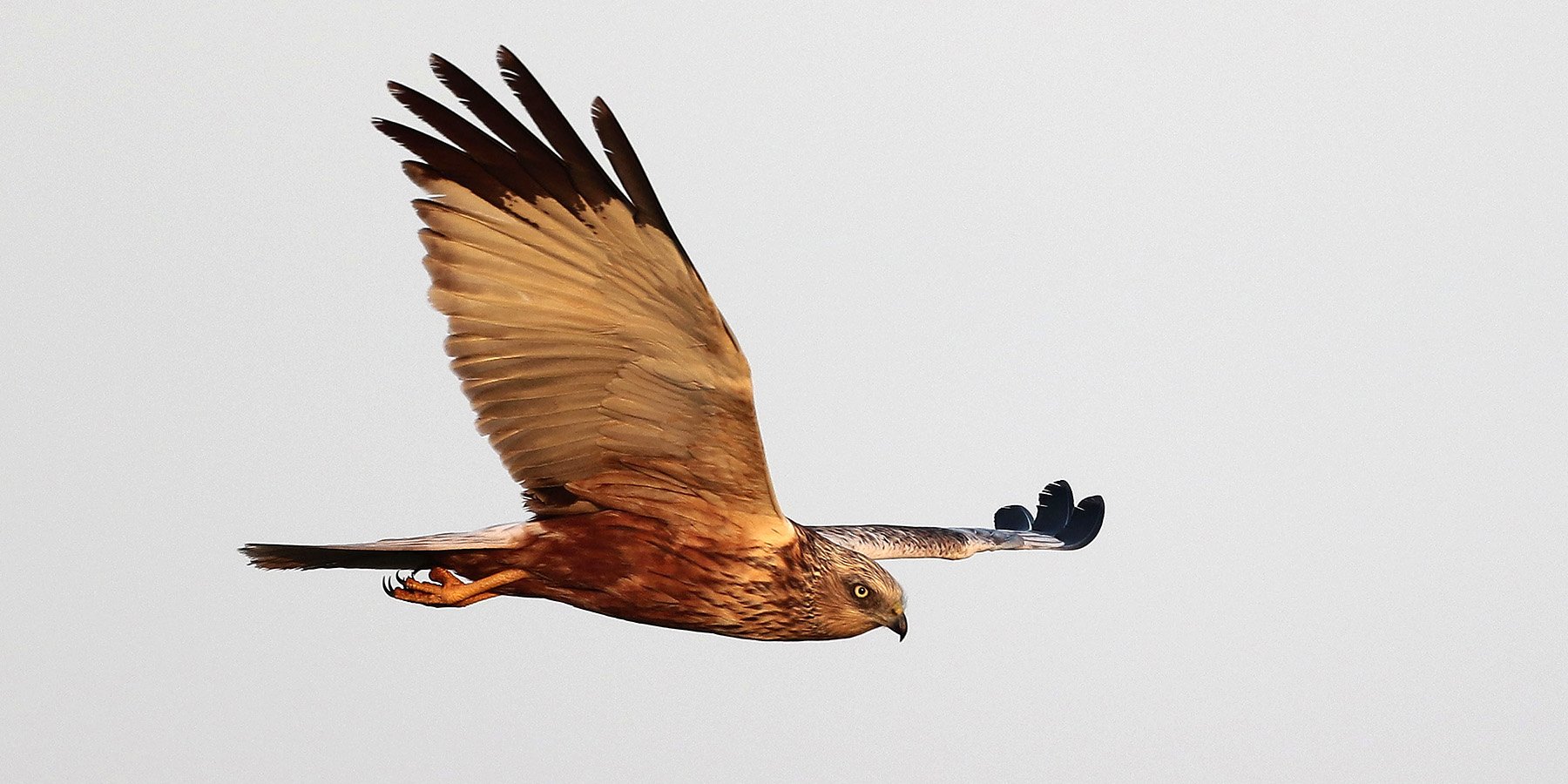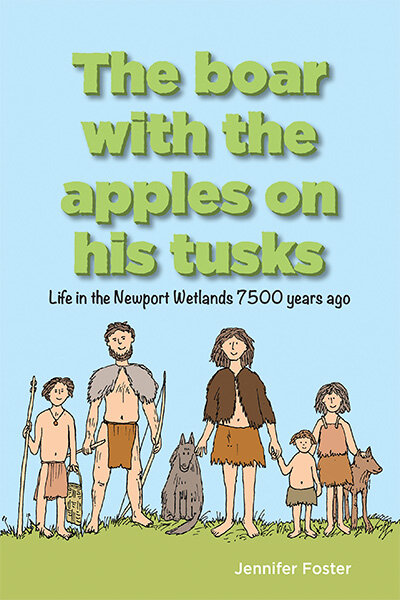Imagine standing near the sea wall at Goldcliff 12,000 years ago. What would you see?
The millennia-spanning Ice Age is coming to an end and the freezing arctic weather is giving way to a much milder climate. The glaciers that once covered Scotland, northern England and much of Wales are retreating northwards. Global sea levels are much lower than today, and the coast lies about 130km to the west.
In front of you, stretching to the far horizon along what will become the Severn estuary, is a wide low-lying plain. On the far side of the plain the River Severn runs in a deep gorge on its way to the sea. As the climate warms, what was once a barren, icy tundra transforms into a vast oak forest, roamed by deer, wild boar, bears, wolves, and small bands of human hunters. Goldcliff is a rocky tree-covered hill on the edge of the plain, perhaps 1km long by 500m wide.
Over the next 3000 years sea levels rise as melting glaciers in Scandinavia and Canada release vast quantities of water. The distant coastline advances up the plain in fits and starts until it nears its current position.
By 7700 years ago, the forested plain has been drowned by the rising waters of the estuary, and the open water is now fringed by a vast wetland. Salt marsh, cut by snaking tidal creeks, stretches out into the estuary, while further inland, towards the low hills, are reed swamps, open freshwater pools and wet woodland. This watery habitat is home to cranes, herons and other water birds, along with elk, deer, and giant aurochs, the fearsome ancestors of modern cattle.
Goldcliff is an island in the marshes, dominating the surrounding wetland. During the drier summer months, small groups of Mesolithic hunter-gatherers make their way to the island to fish in the shallow waters, hunt for game, gather plant resources, and build encampments on the island edge, returning to higher ground before the wet winter weather arrives.
Today there is little left to indicate that ancient, long-gone landscape. The island was eroded by the sea centuries ago, leaving behind the small hill occupied by Goldcliff Fishery, Hill Farm and the circular tower you see today, and the wetlands have been drained and tamed by generations of farmers.
But there is evidence of these distant times exposed at low tide along the edge of where Goldcliff island once stood. Black peat, laid down by the swamp vegetation, protrudes from under the estuary mud, and here and there are the skeletal shapes of fallen oak trees, remnants of the ancient forest drowned by the rising sea.
There is also evidence of our ancestors. Excavations in the bed of the estuary have revealed butchered animal bones, worked flints and wooden tools, fish traps and the remains of charcoal fires, all well preserved in the fine estuary silts.
Human footprint, circa 5500BCE
Even more incredibly, some of the footprints of these ancient people have also survived. Covered with layers of silt carried on the incoming tide the day they were created, the footprints have been preserved for thousands of years under layers of mud. They are gradually been exposed by tidal erosion, only to be washed away again within a few days.
Archaeologists have been studying these footprints for almost 20 years. They have been able to follow individuals and groups of people, many of them children, as they moved through the saltmarsh and mudflats, building a detailed picture of their movements.
These incredible footprints, snapshots of a summer’s day, ephemeral yet surviving for millennia, are a direct link to the ancient wild landscape of the Gwent Levels and to our ancestors who lived here around 7000 years ago.
Visitors are encouraged to look from the seawall and imagine what the landscape was like rather than venturing into the intertidal zone. The intertidal zone is a dangerous place with quicksand, deep mud and slippery rocks over which the tide comes in rapidly. The archaeological sites are fragile and easily damaged. The site is also a Nature Reserve and a sensitive habitat for birds.
Formation of the Severn Estuary, 9000 BC to 1000 BC:
Life at Goldcliff circa 5500 BCE (National Geographic)
Time Team
Channel 4’s archaeology programme Time Team broadcast an episode from Goldcliff in 2004. Follow the link below to view the show on Channel4.com:
The Boar with the apples on his tusks
Jennifer Foster’s book for children, The boar with the apples on his tusks, is set on the Newport Wetlands 7,500 years ago. It follows the adventures of a family as they set up their summer camp beside the Severn in Wales. Jennifer’s story is based on archaeological evidence, including the footprints of children playing in the mud, and will help young people learn more about life in prehistoric times.




















![Wesleyan Methodist chapel Castleton (Penny Gregson)[2].jpg](https://images.squarespace-cdn.com/content/v1/5a1d5fb38a02c70db7c34f81/fe4960cd-db68-469d-8411-f5e21327e383/Wesleyan+Methodist+chapel+Castleton+%28Penny+Gregson%29%5B2%5D.jpg)










